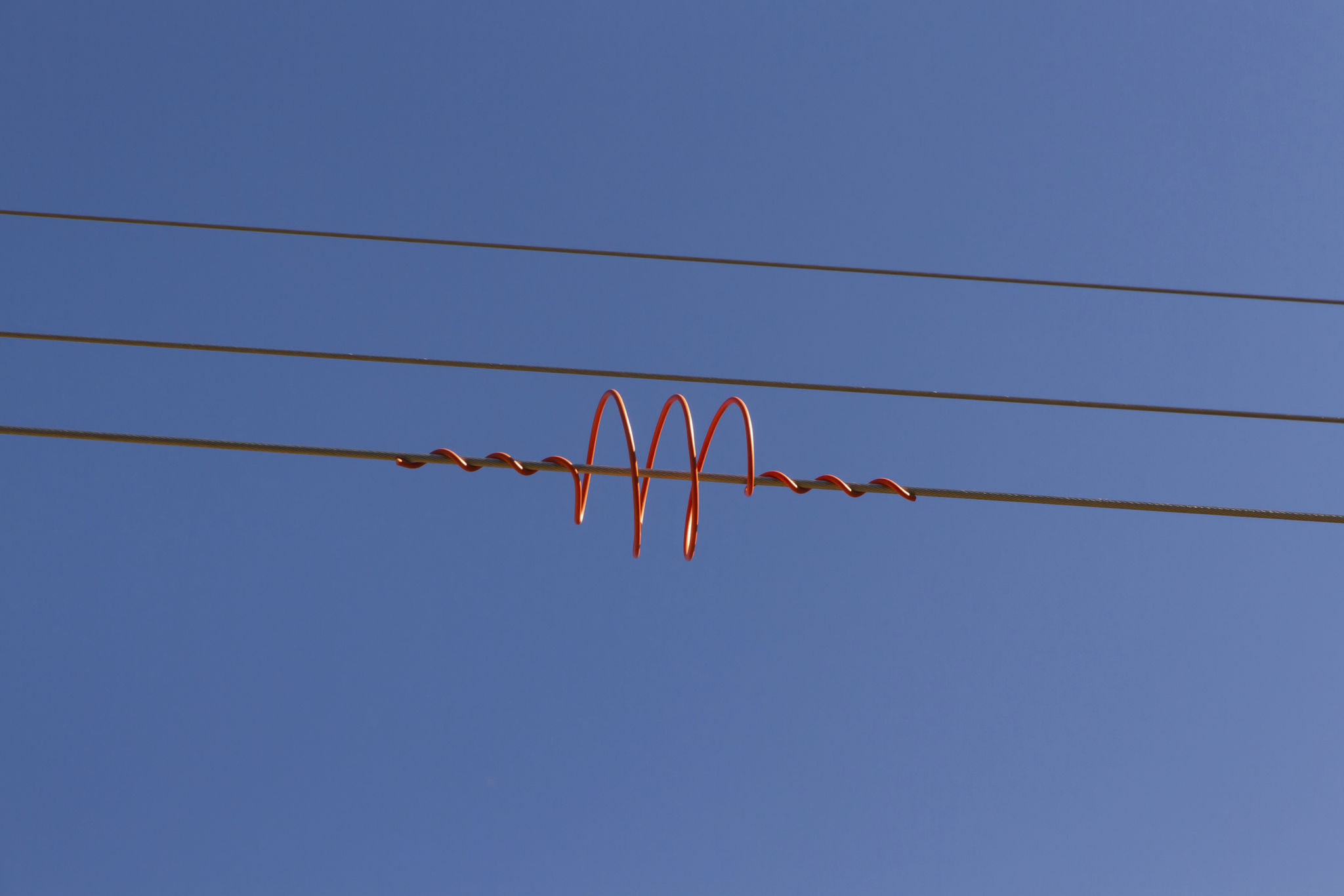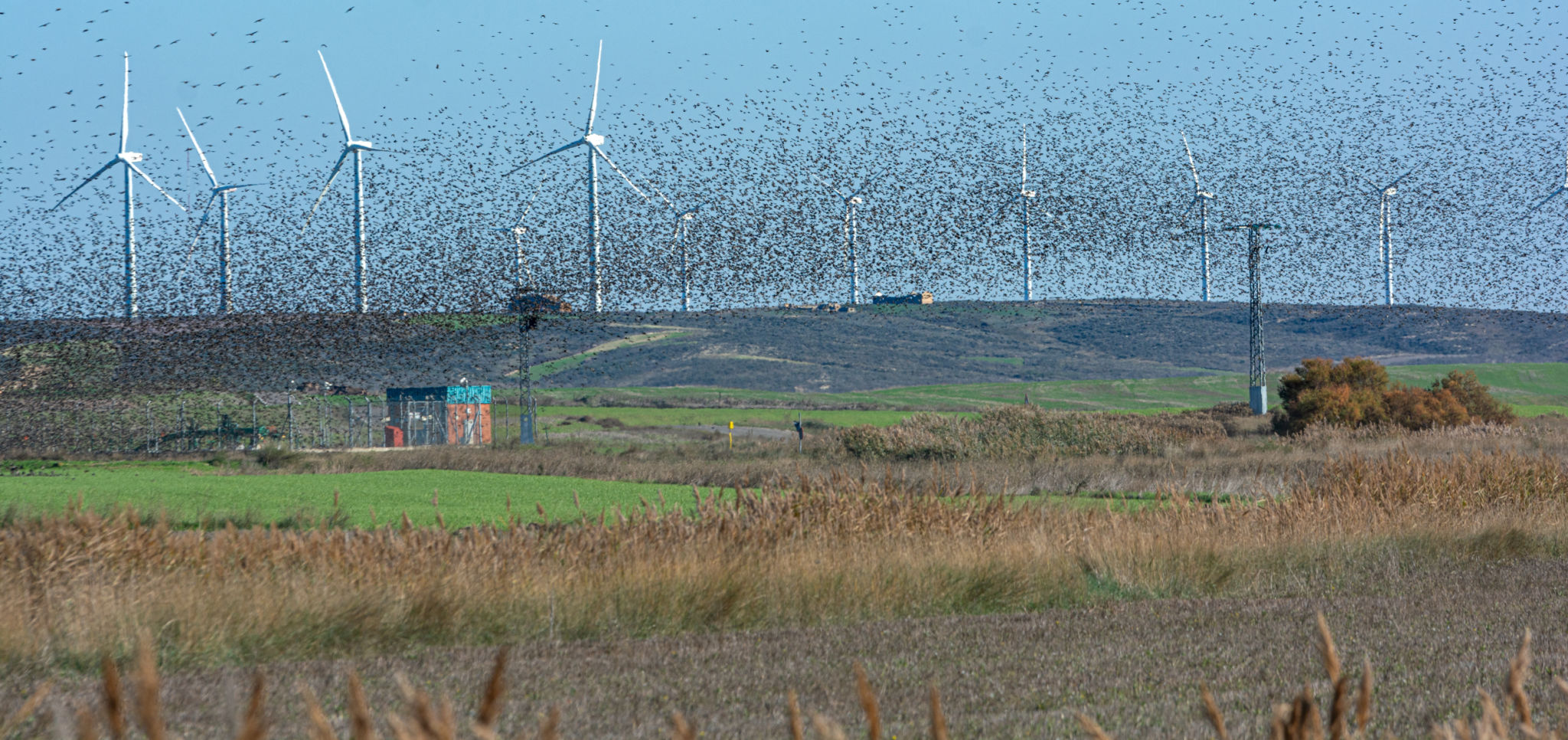The Role of Bird-Flight Diverters in Urban Wildlife Conservation
Understanding Bird-Flight Diverters
Bird-flight diverters, often referred to as "bird markers," are a crucial tool in urban wildlife conservation. These devices are installed on power lines, communication towers, and other structures to prevent bird collisions, which are a significant threat to avian populations in urban areas. By making these structures more visible, bird-flight diverters help reduce mortality rates among birds, contributing to healthier urban ecosystems.
These diverters work by reflecting light or creating visual cues that alert birds to the presence of obstacles. They are especially important for species that fly during low-light conditions, such as dawn or dusk, when visibility is naturally reduced. By enhancing the visibility of potential hazards, bird-flight diverters play a critical role in minimizing avian fatalities.

The Importance of Urban Wildlife Conservation
As urban areas continue to expand, they encroach on natural habitats, posing challenges for wildlife. Birds, in particular, are vulnerable to these changes due to their migratory patterns and reliance on specific habitats. Urban wildlife conservation aims to balance development with the preservation of biodiversity, ensuring that cities can coexist with nature.
Implementing bird-flight diverters is one of many strategies used to support this coexistence. By mitigating the risks posed by urban infrastructure, these devices help maintain bird populations that are crucial for ecological balance. Birds play essential roles as pollinators, seed dispersers, and pest controllers, making their conservation vital for sustainable urban environments.

How Bird-Flight Diverters Work
Bird-flight diverters come in various designs and materials, each tailored to specific environmental conditions and bird species. Common types include spiral diverters, which wrap around power lines, and flapper diverters that move in the wind to catch birds' attention. Some high-tech options even incorporate LED lights to enhance visibility during night-time hours.
These devices are strategically placed along sections of infrastructure where bird collisions are most frequent. Factors such as migratory paths, flight patterns, and local bird populations are considered when determining placement. By understanding these elements, conservationists can effectively reduce collision risks and safeguard avian life.

The Impact on Bird Populations
The implementation of bird-flight diverters has shown positive impacts on bird populations. Studies indicate that areas equipped with these devices experience a significant reduction in bird mortality rates. This success is not only critical for preserving individual species but also for protecting broader ecological networks.
Beyond reducing fatalities, bird-flight diverters also contribute to educational efforts by raising awareness about the challenges faced by urban wildlife. By engaging communities in conservation initiatives, these tools foster a culture of stewardship and responsibility towards the environment.
The Future of Bird-Flight Diverters in Conservation
Looking ahead, the future of bird-flight diverters in conservation appears promising. Advances in technology continue to improve the effectiveness and efficiency of these devices. Innovations such as solar-powered diverters and smart systems that adapt to changing light conditions are on the horizon, offering new ways to protect birds in urban landscapes.
Moreover, collaboration between government agencies, environmental organizations, and utility companies is essential for widespread adoption and implementation. By working together, these stakeholders can ensure that bird-flight diverters become a standard practice in urban planning and wildlife conservation.

In conclusion, bird-flight diverters play an indispensable role in urban wildlife conservation. Through their ability to prevent bird collisions and promote biodiversity, they contribute significantly to creating harmonious environments where both humans and wildlife can thrive. As urban areas continue to grow, integrating such conservation tools becomes increasingly vital for the health of our planet's ecosystems.
